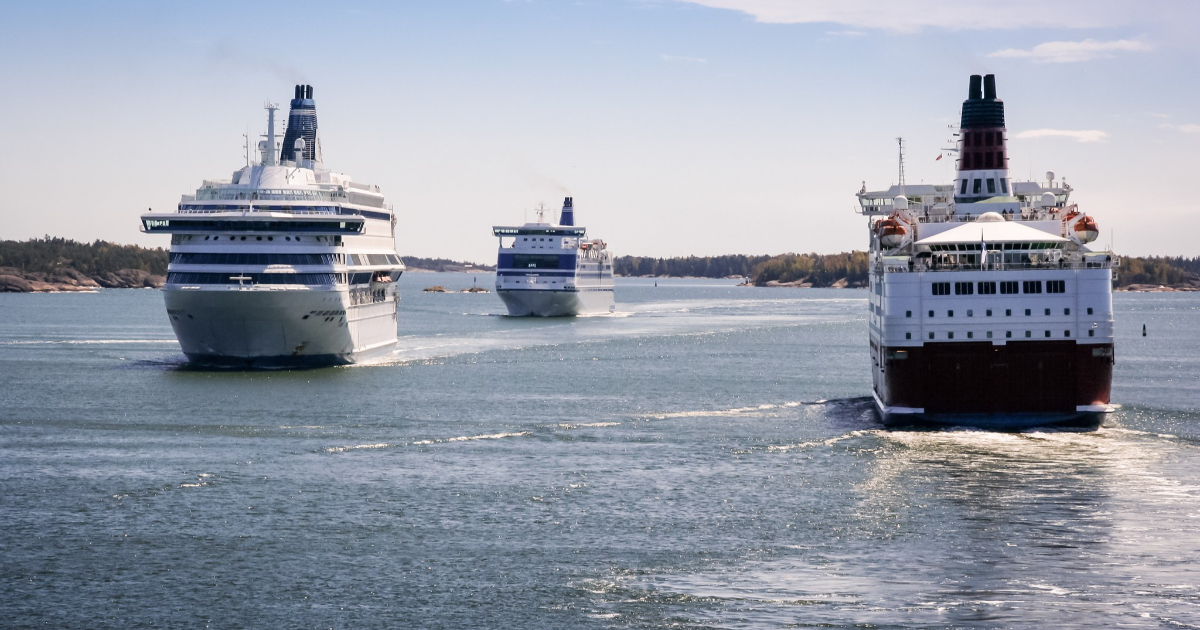Report: The Finnish shipping market is working well

The Ministry of Transport and Communications has published a report on the Finnish shipping market, describing the current state of the market and assessing trends in the industry until 2030.
The report was prepared before the Russian invasion of Ukraine, so some of its future scenarios and analysis may have already changed significantly.
The Ministry commissioned the report to gain an overall impression of the shipping market. The report was mainly prepared by the Turku School of Economics Maritime Business & Policy research group at the University of Turku.
Cost-effective transport services
Particularly for Finland, maritime transport is a crucial and indispensable part of effective foreign trade.
The shipping market provides cost-effective transport services for Finnish industry, even though the demands of winter navigation limit the number of shipping lines and vessels on the market.
The report finds that the shipping market performed well at the turn of 2021 and 2022. Finland's foreign trade has continued throughout the COVID-19 pandemic with virtually no problems, even as the pandemic has severely hampered container and passenger car ferry services. The position of shipping lines in the cargo market has even improved in part.
Security of supply in shipping was good at the end of 2021.
Regulations will affect competitiveness
Changes in operating conditions can alter the profitability and competitive status of various vessel types.
While the competitiveness of the Finnish register in passenger car ferry and ro-pax transport has been good, some deterioration seems likely over the next few years, especially in the bulk cargo market that is directly exposed to international competition.
The impact of recently introduced and upcoming environmental regulations of the International Maritime Organisation (IMO) and the European Union may be greater in Finland than in competitor countries. Finland has the world's largest share of international trade carried on ice-reinforced ro-ro, ro-pax and passenger vessels whose fuel consumption per cargo unit is significantly higher than other vessel types. More than 80 per cent of Finland's trade in goods is carried by sea. Most of this is fully-regulated short sea shipping within the European Union.
Finding skilled staff in the shipping industry is a challenge, and it is important to make this sector more attractive and improve associated education and research.
Inquiries:
Miikka Rainiala, Head of Unit, tel. +358 50 571 7751, [email protected]
Konsta Luukka, Senior Specialist, tel. +358 50 476 1595, [email protected]



